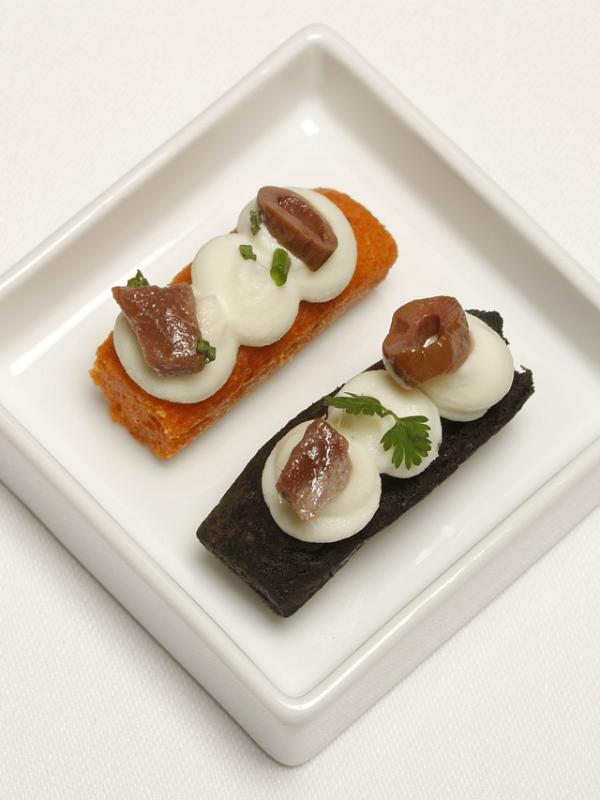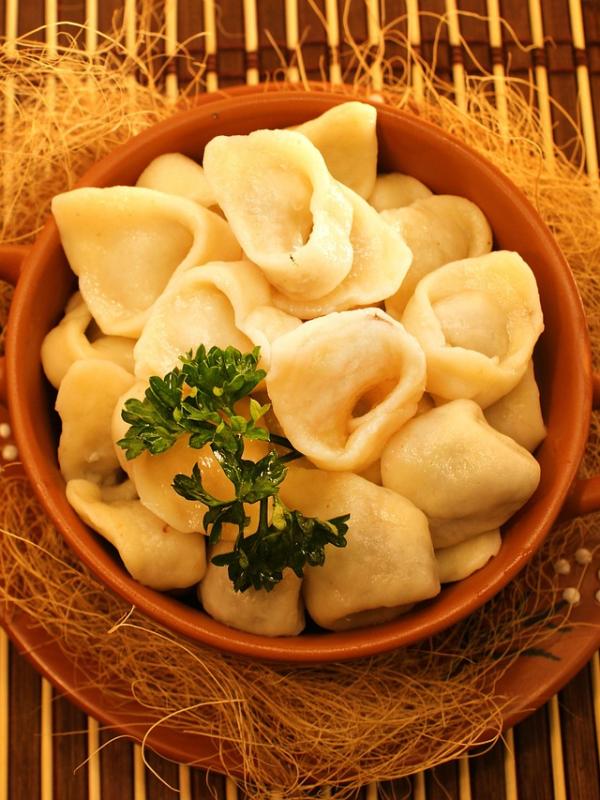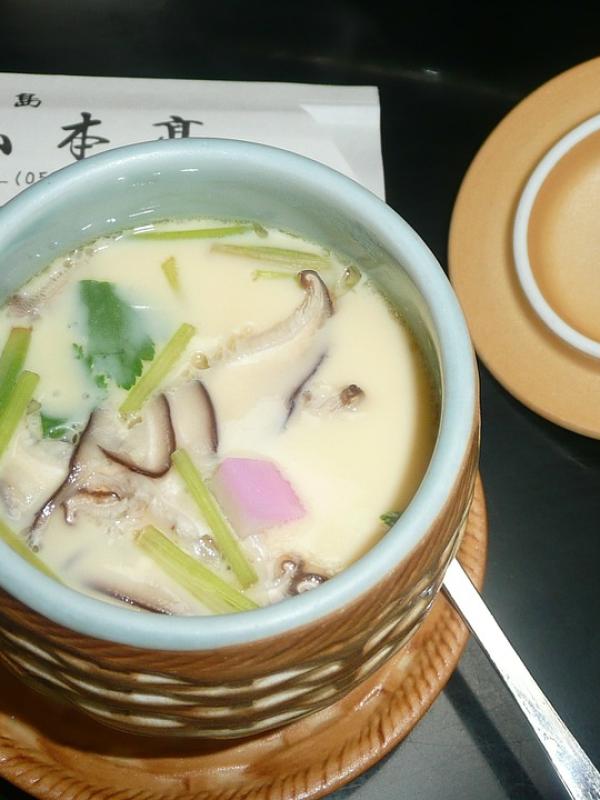Basic Flavouring Agent of Japanese Cooking
What are the basic taste of Japanese cuisine?
The basis of all Japanese cooking is dashi and fermented products of soybean and rice.
Dashi is stock made with sea tangle "kombu" and dried bonito shavings "katsuo-bushi".
Representative products of soy bean is soy sauce and miso.
On the traditional Japanese cuisine strong spices such as pepper are avoided. Japanese typical herbs are aromatic sprigs of tree "sansho", citron "yuzu", horseradish "wasabi", a kind of ginger "myoga" and seeds.











